When I started organizing the Kyoto leg of a recent visit to Japan, I found myself going back to one website over and over again. Curated Kyoto is an agency that builds experiences for creatively curious travellers in Japan’s most culturally rich city, and it drew me in with its film-like images and thoughtfully written reviews on Kyoto’s local scene. I sent an email to its founder and creative director, Sara Aiko, and one phone call and several emails later, an itinerary appeared in my inbox. It was a harmonious compilation of art, fashion and food laid out by Aiko over the course of two days.
Since starting Curated Kyoto in 2017, Aiko has put together programs for brands such as Chanel and Estée Lauder, curated travel itineraries for Michelin-starred chefs and created experiences for world-famous artists. Her mission is to show her well-travelled clientele a different side of Kyoto. “I believe that creatives and artists possess a unique ability to eloquently express social issues and capture the inherent beauty of a city,” Aiko says. “I consider immersing oneself in the creative scene as one of the most effective ways to truly comprehend the culture of a city.” If the city’s history is its soul, then the creative community is its heart and Aiko wants everyone to feel it pulse.
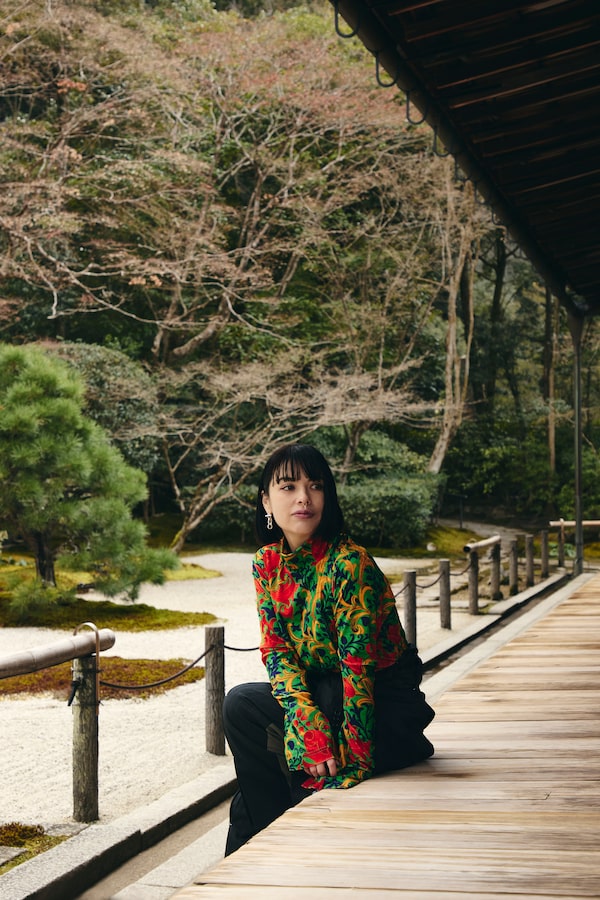
Sara Aiko of Curated Kyoto.
Arriving at Kyoto Station, I head straight to Gallery Nichinichi and Tearoom Toka. Aiko set up a meeting with gallery owner and creative consultant Okumura Fumie, who guides me through a room full of glassy white, light-as-air porcelain vases, which are a sharp contrast to the century-old home they stand in. That juxtaposition is also on display in the gallery’s modern tearoom. What’s presented isn’t a traditional tea ceremony by any means, but the intense focus with which the tea is poured expresses a reverence for this ritual’s history. Lunch is at Honke Owariya, a 550-year-old soba noodle shop. It is the oldest restaurant in Kyoto with one of the best reputations, so waiting in line is inevitable. But it’s worth it, as is popping into its neighbouring soba confectionary shop.
Shinya Yamada’s family has been making kimonos for generations. Today, he oversees the creative direction of their company, Toyowado, while also working as a painter. In his studio, I’m once again standing in between two worlds. To the left is a concrete room with paint splattered tables and Yamada’s abstract paintings on display. To the right is the Toyowado showroom, a traditional space where two hand-painted silk kimonos hang, their arms stretched out in front of the windows. A warm cup of matcha is offered to us as Yamada describes the techniques he has learned from the family business and integrated into his own painting.
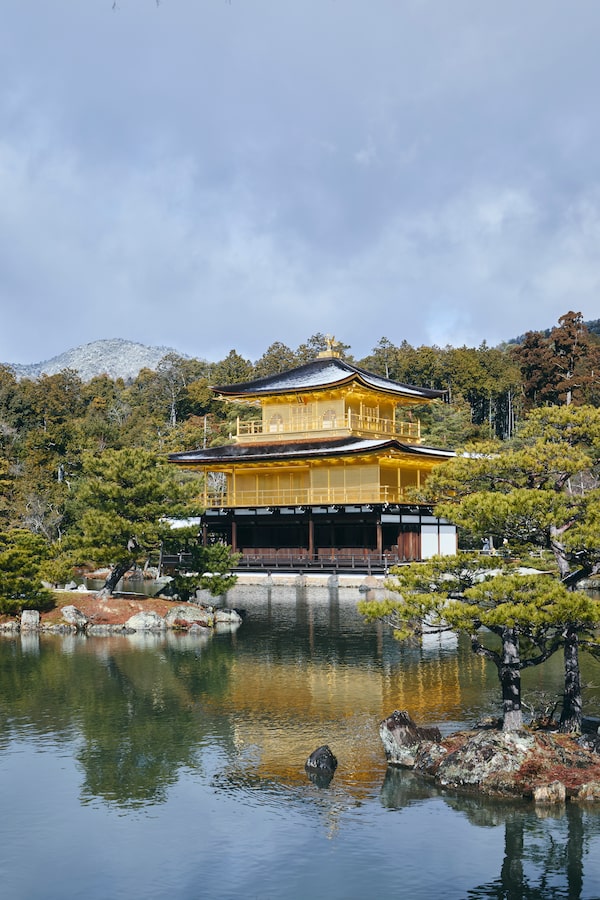
Kyoto’s Golden Pavilion. The city offers artistically-inclined visitors endless – though often hidden – opportunities to connect to Japanese culture.
In the west area of Kyoto, near the golden temple, we are greeted by Asano Hiroki at his family’s home and business. Like Yamada, Hiroki has also taken the creative lead of a multigenerational obi and kimono business, Shokuraku Asano. Aiko and I sit down for tea and a treat, as I’m learning is customary, before Hiroki reveals the showroom and the family’s reference library above it. One room is filled with mobile bookcases, each shelf lined with books on art, design, fabrics and fashion. In the workspace are samples of threads in every colour imaginable.
Hiroki pulls out two shadow boxes holding a variety of used knife-sharpening stones that his father collected as inspiration for a new obi design many years ago. Hiroki is still driven by advice his father shared when he started designing: “Always have your eyes open when you go out into the world, because you will find inspiration and design everywhere.”
Aiko knows I’m eager to take some treasures home, which is why we pop into Essence Kyoto. It’s a ceramic boutique and gallery that sits among a handful of shops in the Higashiyama District, home to Kyoto’s best museums, popular shrines and picturesque scenery. One-of-a-kind items are sectioned off by artists all hailing from Japan and are mostly minimalist in style. I leave with a new addition to my ceramic collection and a sampling of the shop’s namesake green and black teas.
Our destination before dinner is a bonus, the opening reception of Donkou, a new private library and café on the outskirts of the city. Created by Yoshitaka Haba, who has curated some of Japan’s top library collections, the space is an architectural beauty with no detail overlooked. Three thousand books line a feature wall on the first floor, which has views out to the cypress forest and stream behind the home. I select a book from the design section and sit on the sage green tatami mats in the middle of the room. The café behind me is sunken in, so the barista is at eye level as I sit on the floor.
On the last night, Aiko arranges a dinner with friends at Farmoon, a tea salon by day and a restaurant at night, run by artist and chef Masayo Funakoshi. The only way to dine here is by being introduced to the chef, often by a returning guest such as Aiko. The meal is kaiseki-style, intricately prepared by Funakoshi in the open kitchen. A hay-smoked bonito under fresh greens stands out as one of my favourites.
As we end our night seated around the solo wooden table, under a dimly lit chandelier, I feel full in every way possible. Aiko’s deep knowledge of her city, its traditions and the people and connections she holds dear have added a depth to my quick visit that I would have never been able to experience on my own. Following the advice of Hiroki’s father, to always have your eyes open, can be even more inspiring when you get to see a new place from an insider’s perspective.
ON LOCATION
Curated Kyoto
Founder Sara Aiko curates experiences for individuals and groups looking to connect with Kyoto chefs and artisans. Each experience is personalized – and priced – to individual tastes and needs through an initial consultation.
This year, Aiko and partner Masakuza Kuroda will debut SMerge, an online publication and creative agency connecting people to Kyoto culture, including producing limited-edition objects that can be used practically and artistically for years to come. curatedkyoto.com.

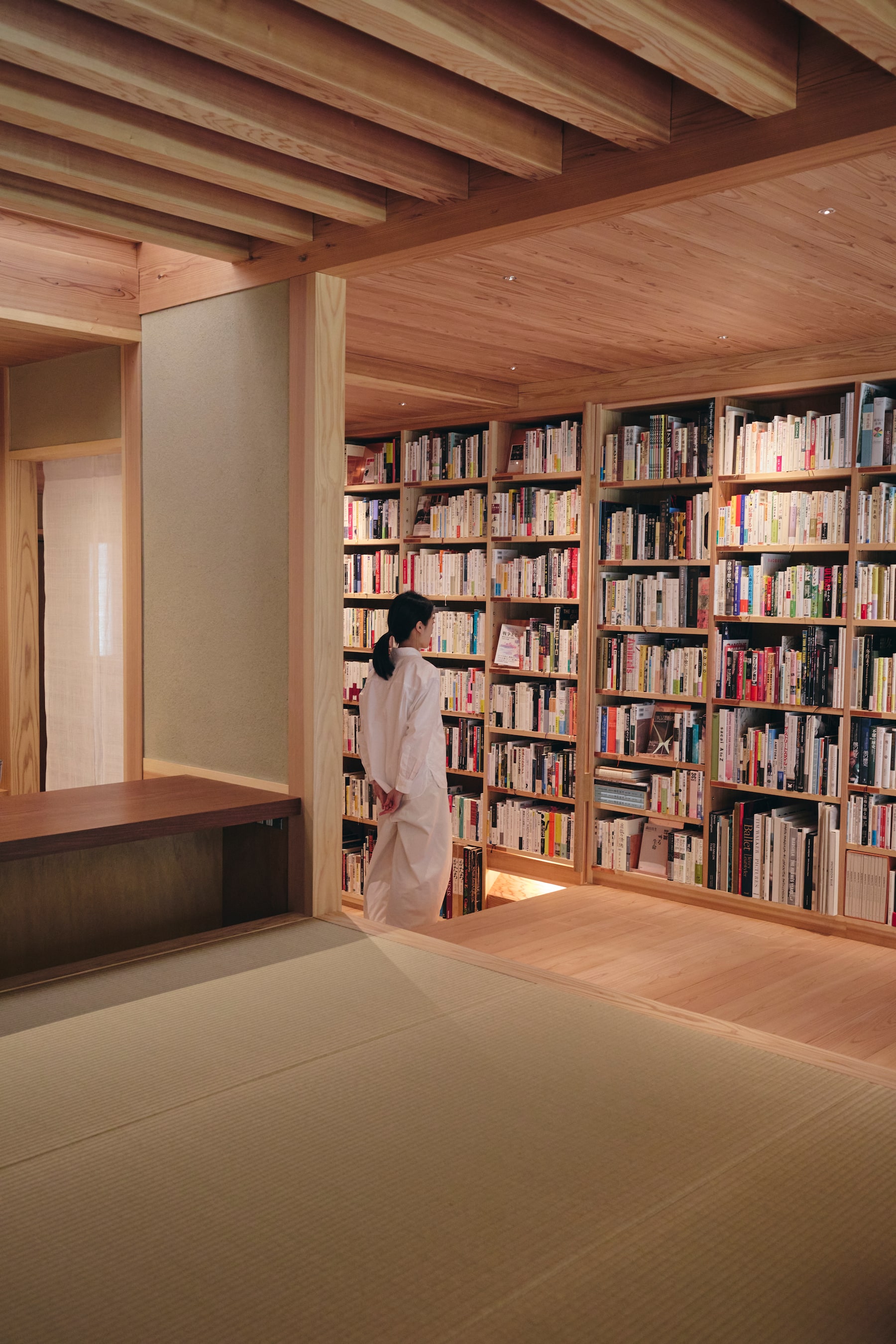
Donkou and Kissa Fang
Donkou is a peaceful retreat filled with thousands of books on the outskirts of town. The private library and adjoining café, Kissa Fang, are operated by Yoshitaka Haba, director of BACH, a company that brings libraries and books to unconventional places. Visits need to be booked online and each guest is allotted 90 minutes to peruse the stacks. donkou.jp.
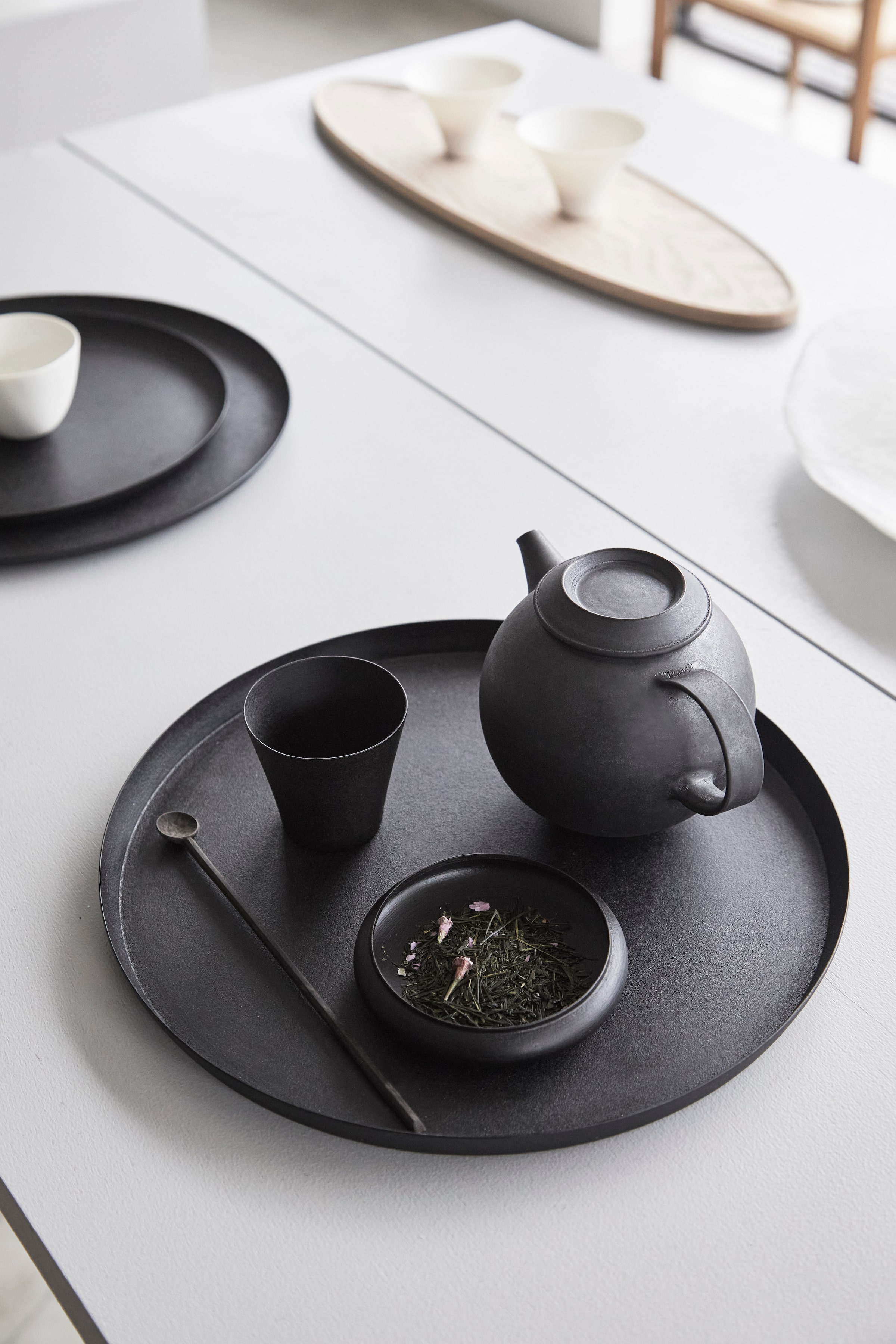
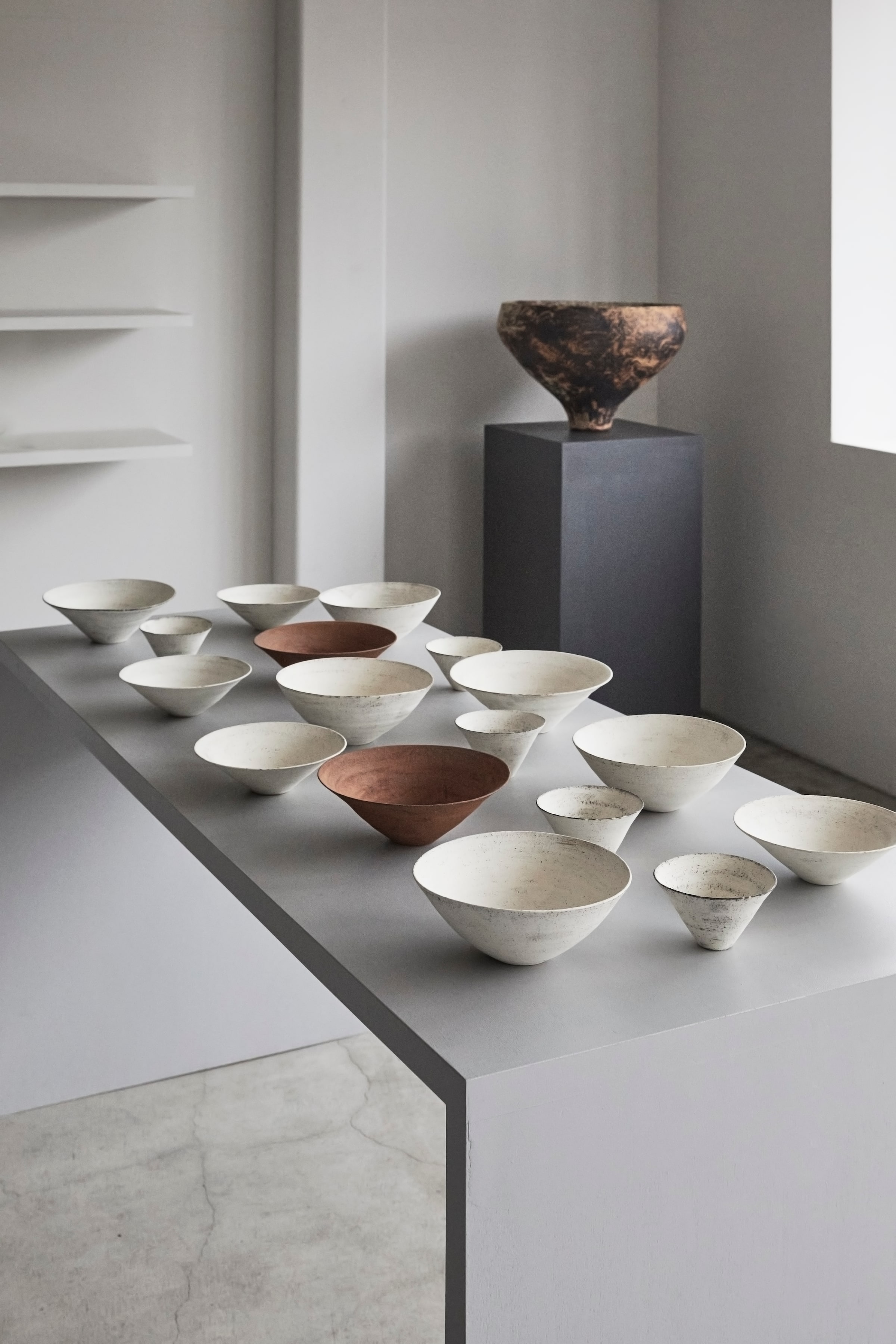
Essence Kyoto
Japanese artisan pieces and utilitarian homewares are presented gallery style around this serene shop. The store also carries its own brand of organic green and black teas made in Japan. essencekyoto.com.
Farmoon
Set in a charming old machiya, Farmoon was designed and furnished by chef Masayo Funakoshi. The salon serves tea and treats on weekdays, and the restaurant hosts private dinners.
Keep an eye on Farmoon’s Instagram account (@farmoon_kyoto) for announcements on seasonal events open to the public.
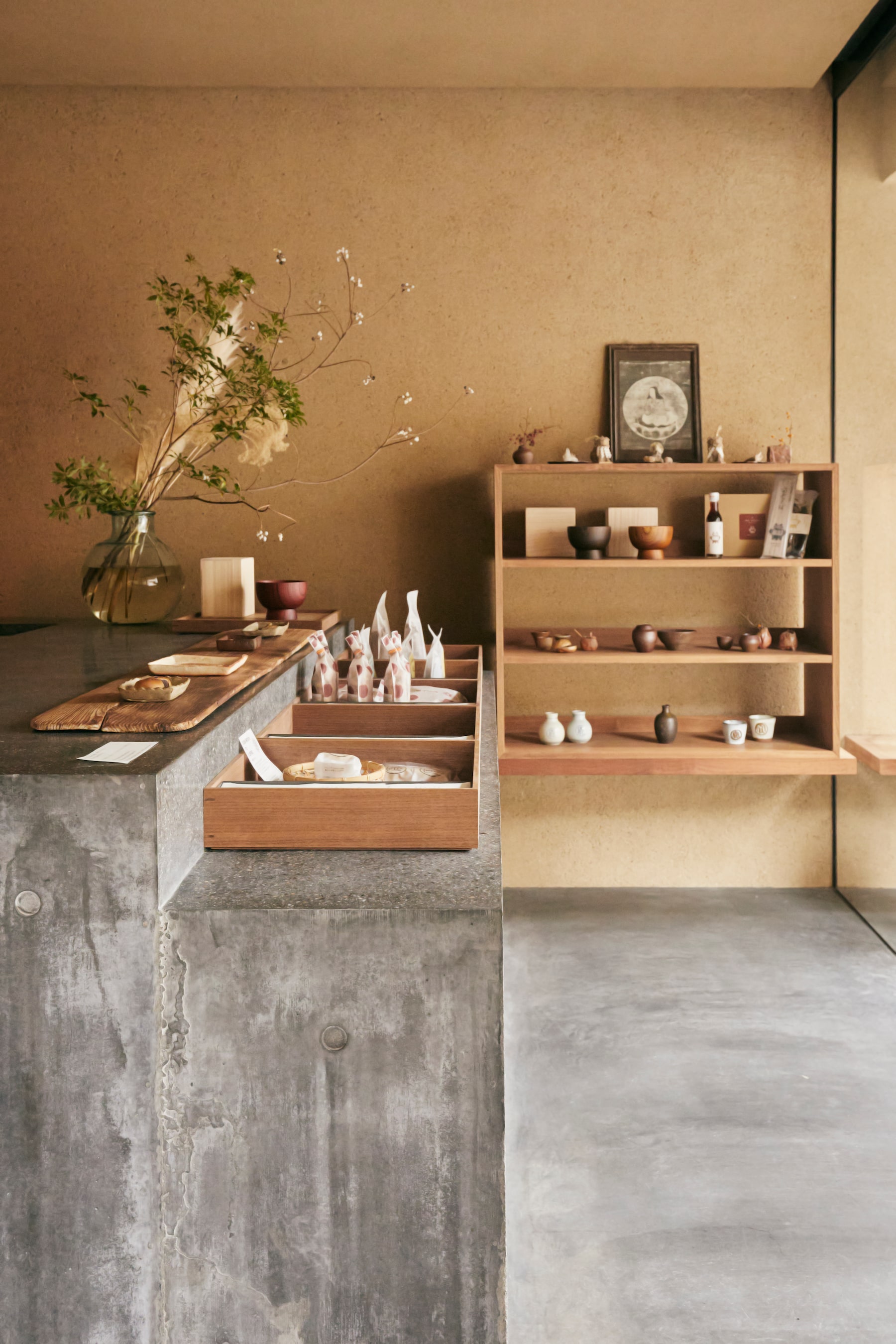
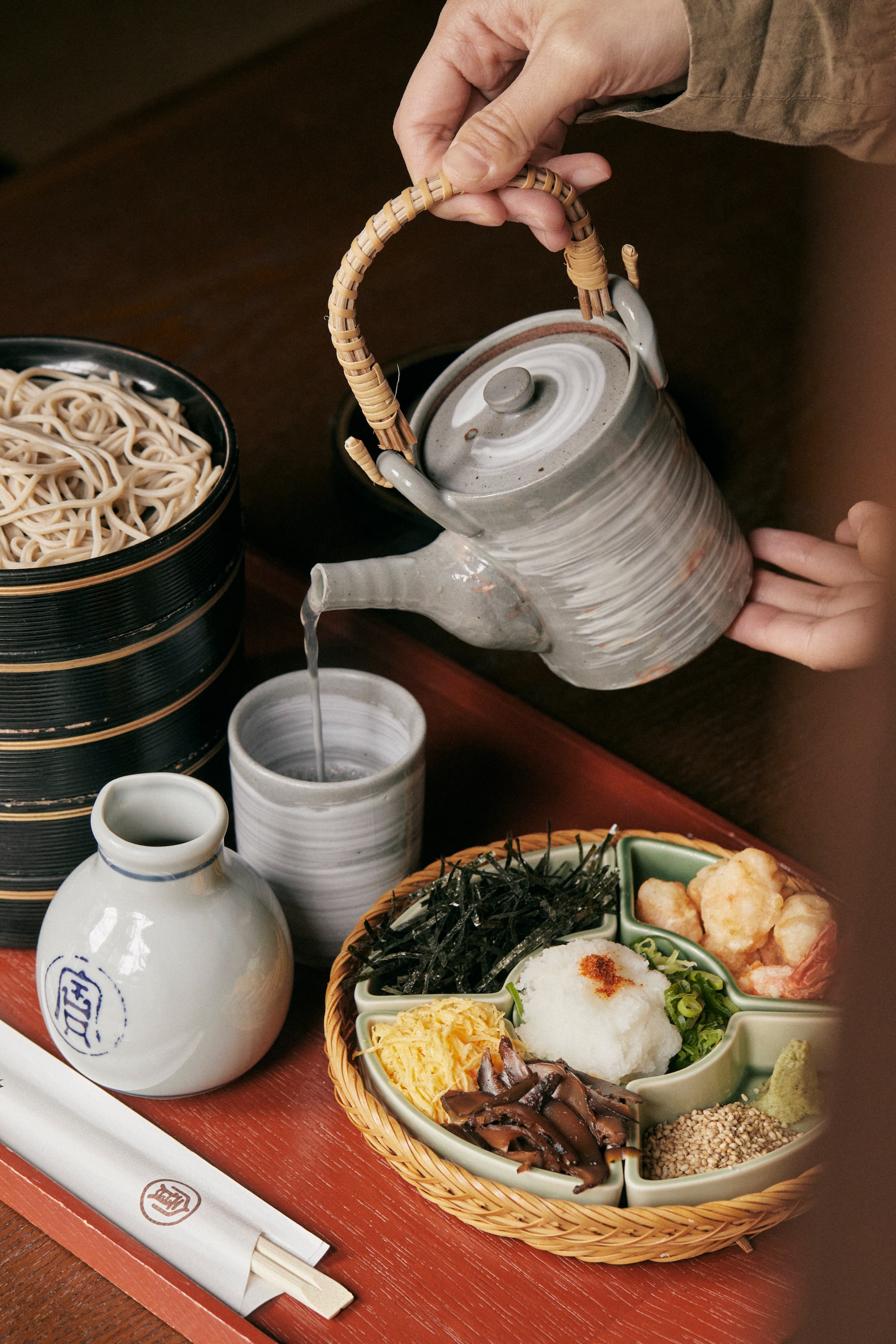
Honke Owariya
A centuries-old soba noodle and confectionery business famous for its buckwheat soba noodles and well-water broth, this newly opened cake shop next to the original restaurant location serves soba rice cakes, soba-boru, and unique to Owariya, Soba-ita, a thin crunchy sweet made from buckwheat. honke-owariya.co.jp.
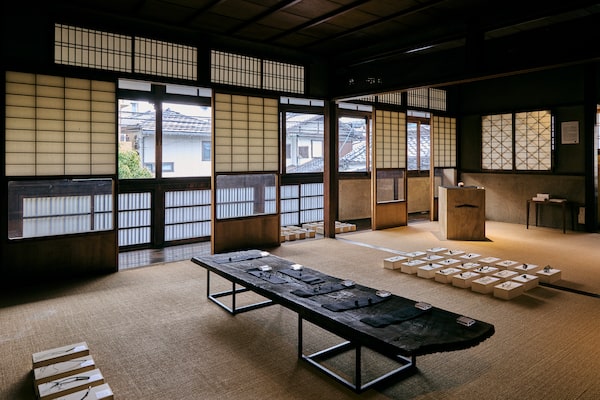
Gallery Nichinichi
Gallery Nichinichi and Tearoom Toka
This art gallery and artist residence in a 100-year-old home showcases Japanese fine art and ceramics. The building is also home to Toka Tearoom, a six-seat counter style spot serving organic Japanese green teas from various regions. nichinichi.com and tokaseisei.com.
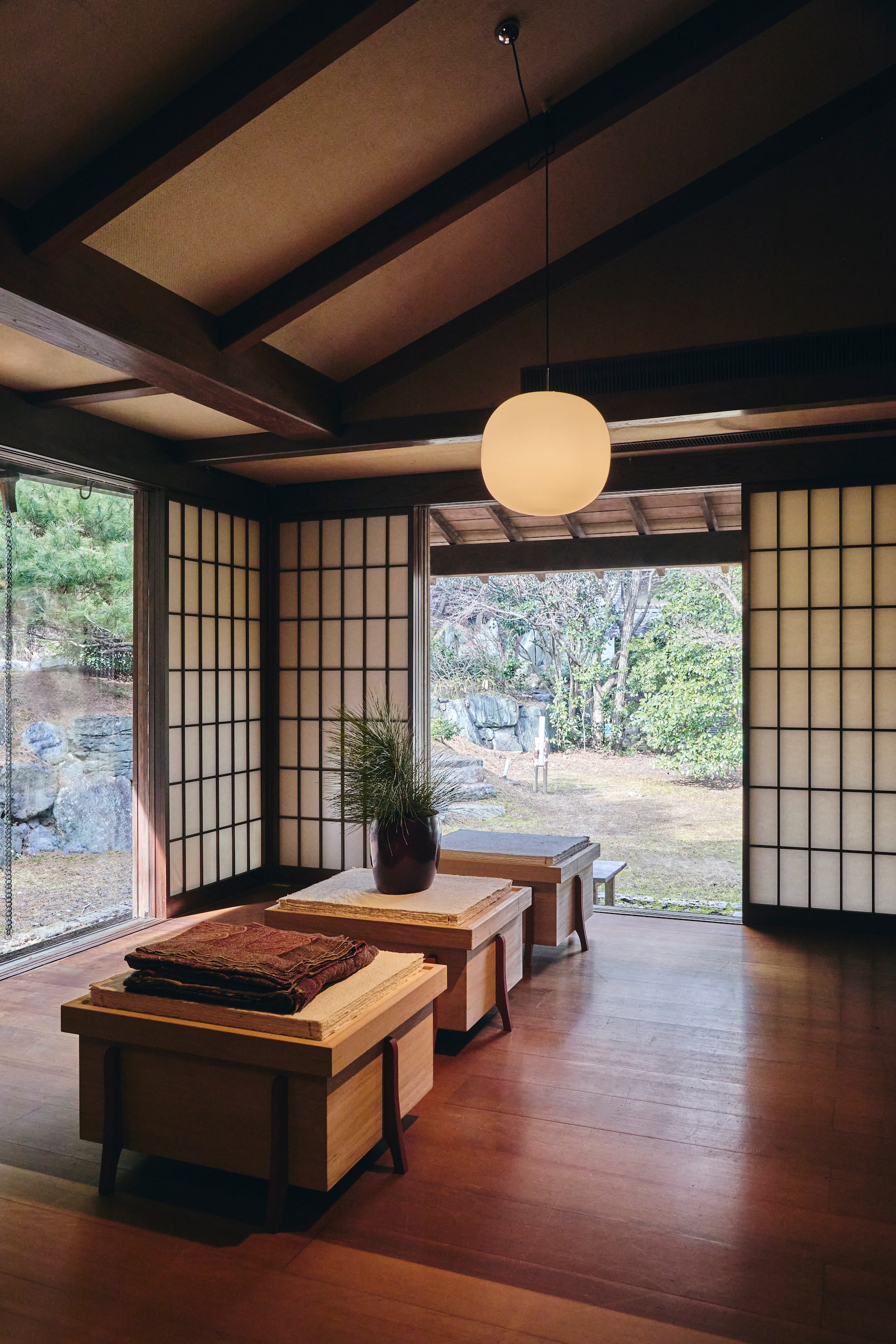
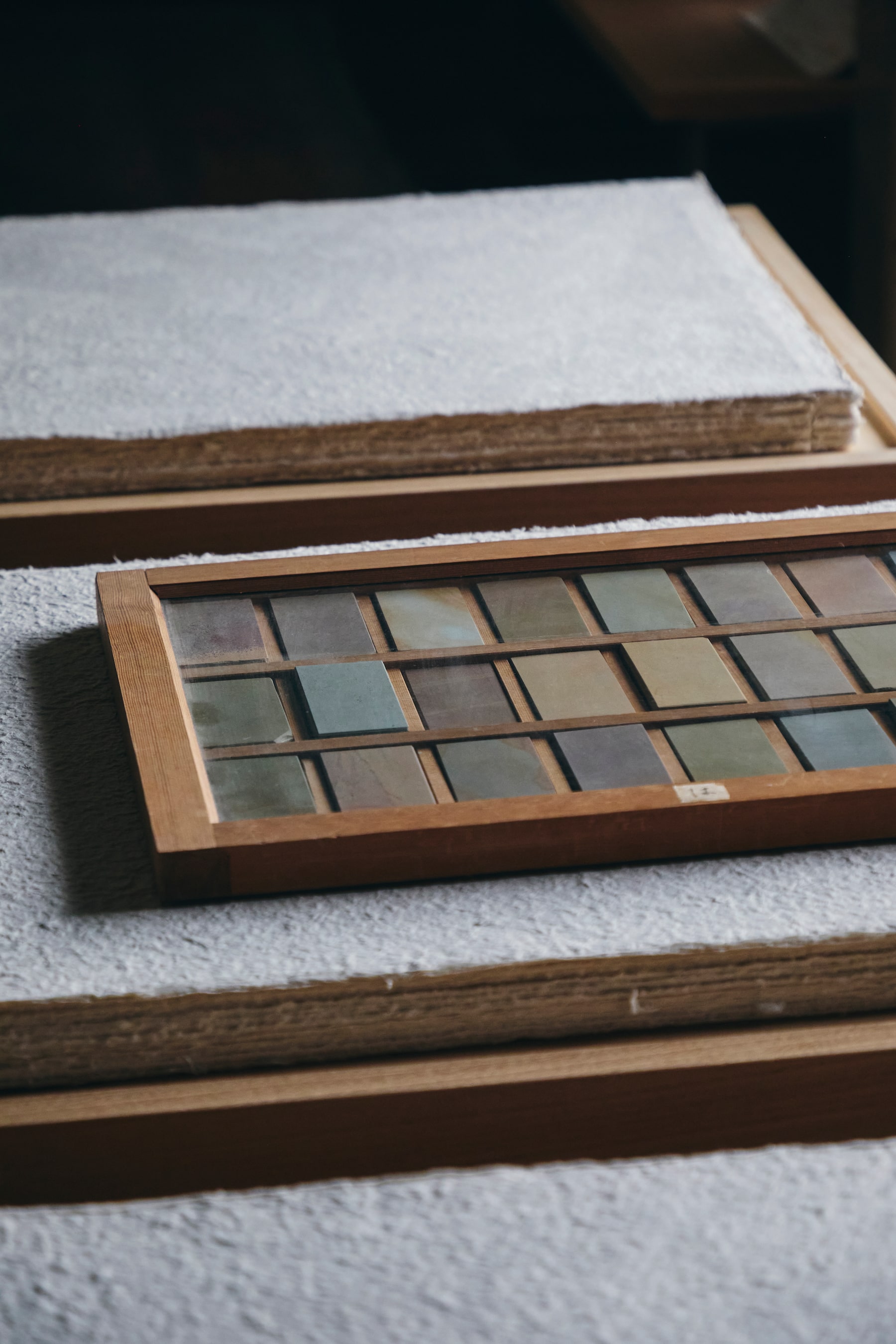
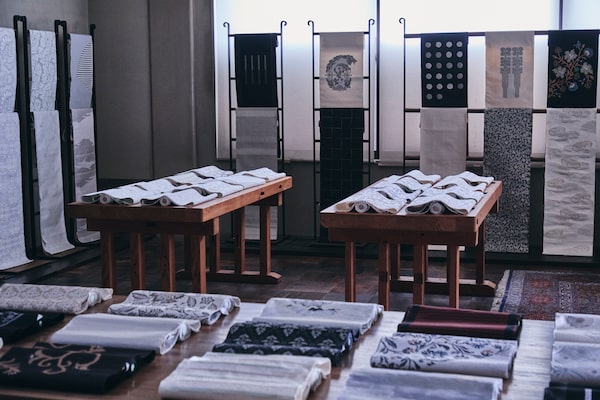
Shokuraku Asano
Shokuraku Asano
Each of this brand’s obi – produced through the traditional Nishijin method of weaving dyed yarn to create patterns – is designed with a sense of modernity and minimalism in mind, allowing the wearer’s own beauty and style to shine through. shokuraku.jp.
Keep up to date with the weekly Sightseer newsletter. Sign up today.



